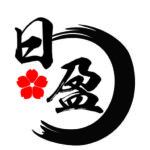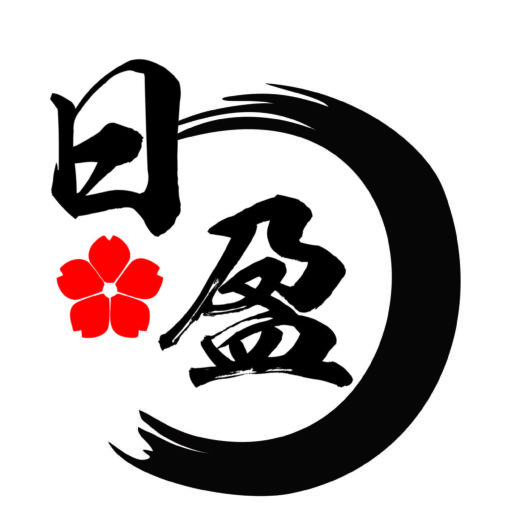Tochigi prefecture (Kantou area)
Ashikaga Flower Park
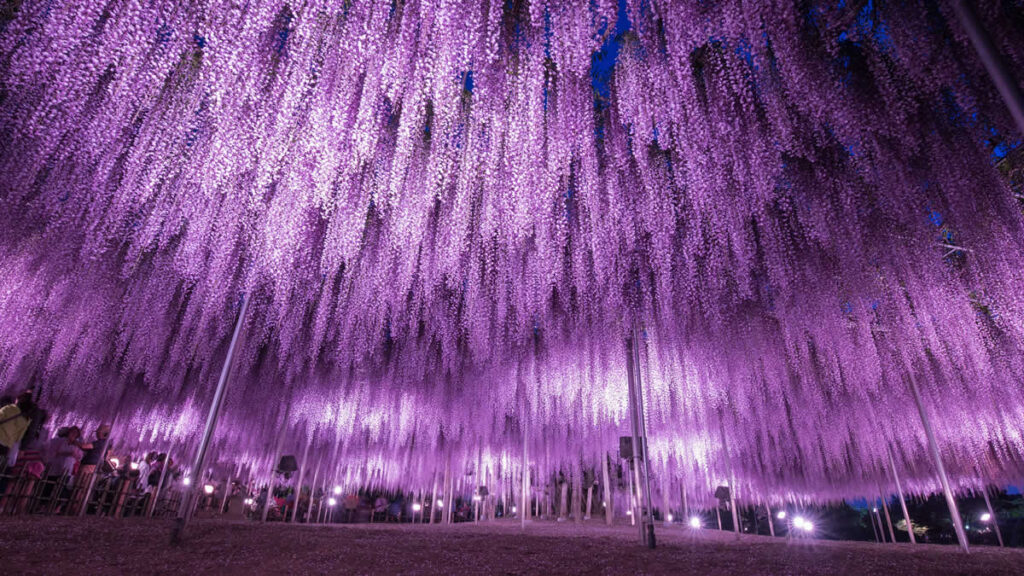
Ashikaga Flower Park won first place in the “Excellent Story Award in the Illumination Event Category” in Japan! The park’s gardens are filled with seasonal flowers, and the park is decorated with seasonal flowers at different times of the year.
Nikko National Park

Nikko National Park was established on December 4, 1934, and was one of the first national parks in Japan. The park area covers three prefectures, Fukushima, Tochigi, and Gunma, and has a total area of 114,908 hectares. Most of the park area is mountainous terrain belonging to the Nasu Volcanic Belt, including Mount Shirane (Nikko Shiranezan) (2,578 m above sea level), the highest mountain in the northern Kanto region, Mount Nantai (2,486 m above sea level), famous since ancient times as a mountain of faith, and Mount Chausu (Mt. Nasu) (1,917 m above sea level), still active as a volcano.
Lake Chuzenji
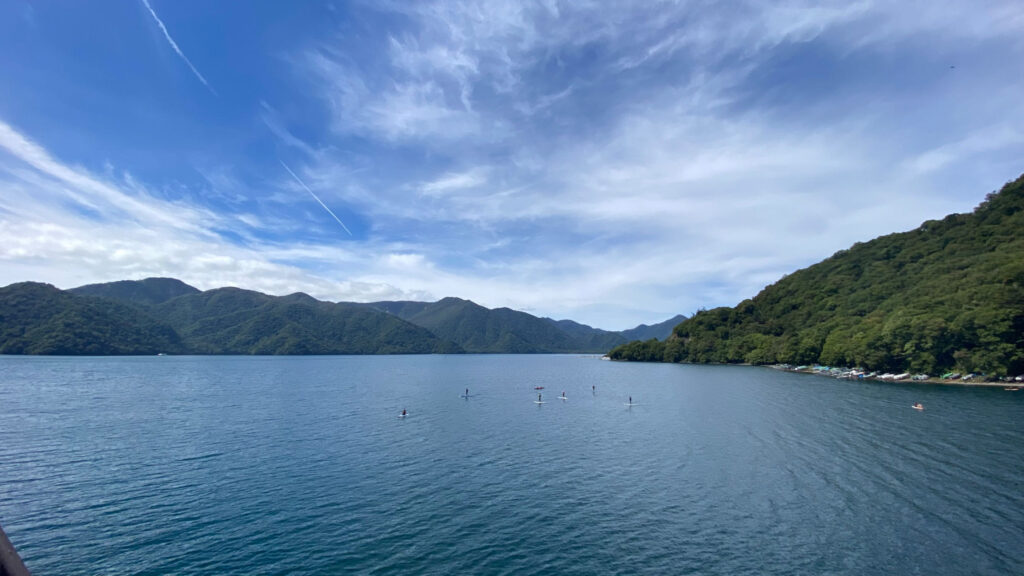
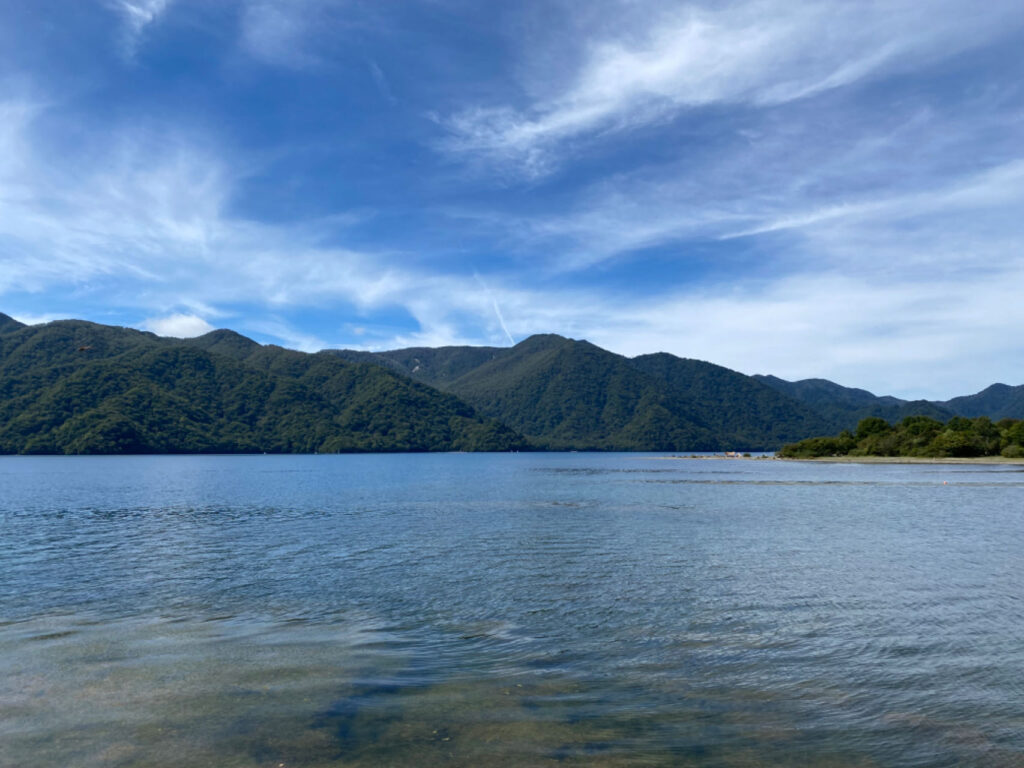
Nantai, and the valley is said to have been formed approximately 20,000 years ago by lava from the eruption of Mt. The seasonal scenery attracted foreigners from the middle of the Meiji period (1868-1912) to the early Showa period (1926-1989) as an international summer resort, where embassies and villas of foreign nationals were built. Today, the beautiful scenery has been passed down through the generations, and the lake is the closest to the sky in Japan, offering a wide range of activities that allow visitors to experience nature.
Ryuoh Gorge

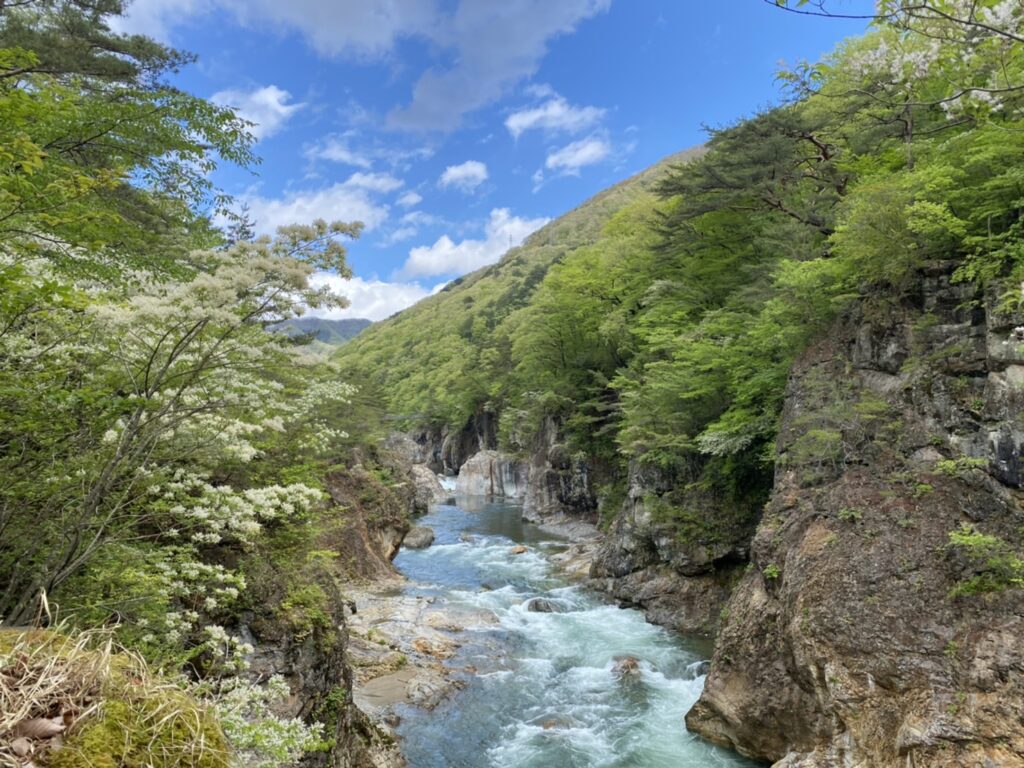
This canyon was formed by the erosion of volcanic rocks over a distance of about 3 km. A walking trail along the canyon allows visitors to enjoy the beautiful scenery of rocks of various shapes and waterfalls.
Kinugawa Onsen
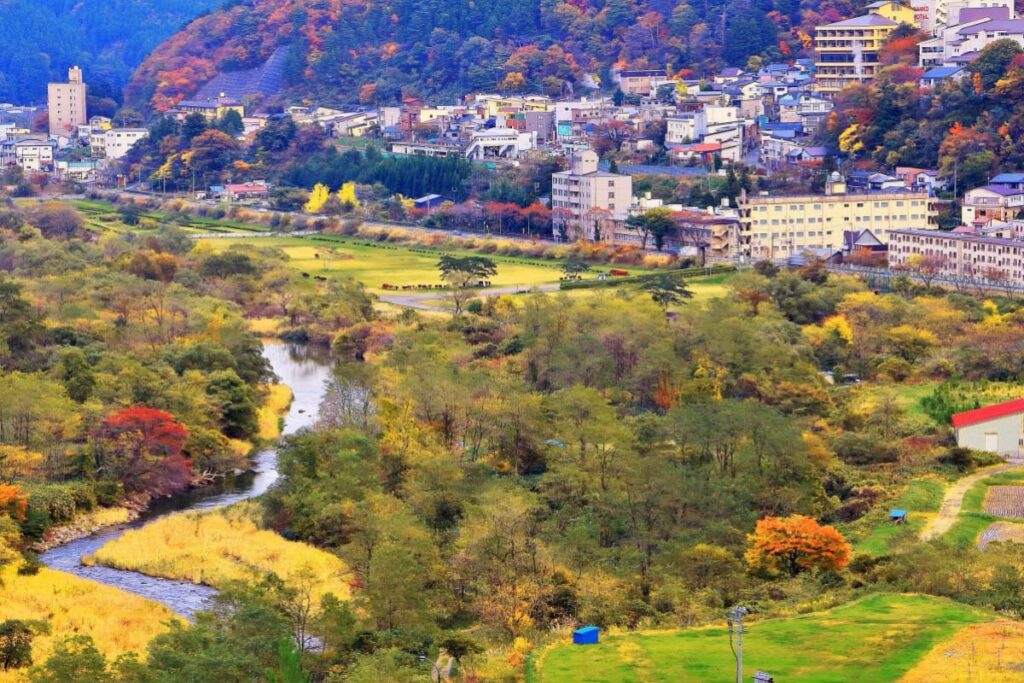
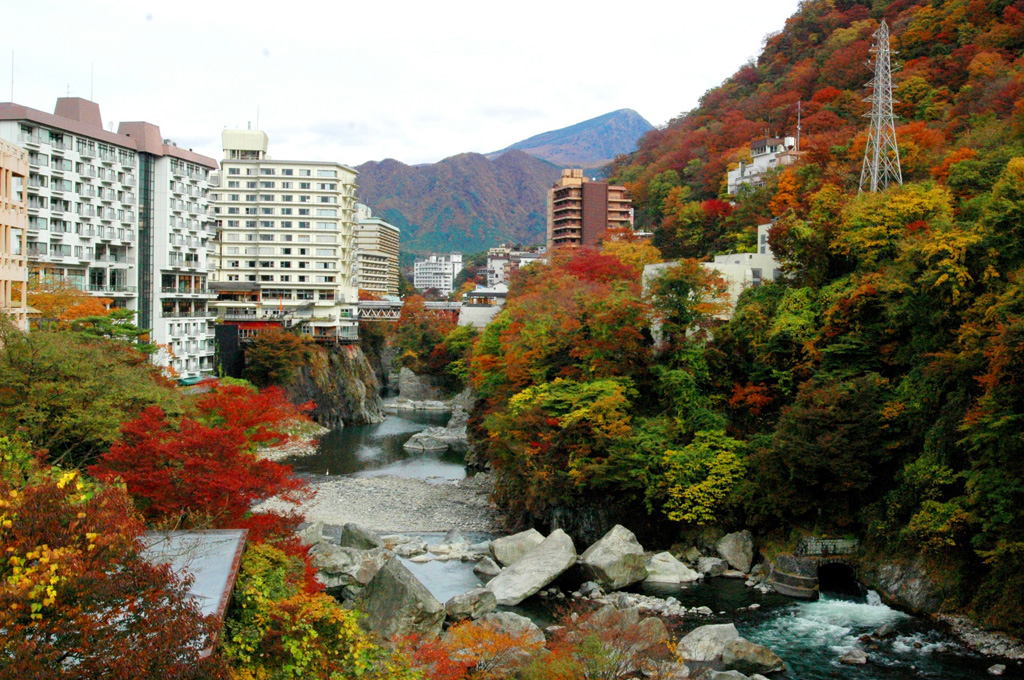
This onsen was discovered in the Edo period (1603-1867), and at that time only monks and feudal lords on pilgrimages to Nikko were allowed to enter.
Since it was opened to the public after the Meiji period (1868-1912), it has attracted many tourists and developed into one of the largest hot spring resorts in the Kanto region, with inns and hotels lining the Kinugawa River valley.
Kegon Falls


Kegon Falls is located at the outlet of Lake Chuzenji, which was dammed by lava from Mt. The sight of the falls falling all at once amidst the seasonal beauty of nature is representative of the scenery of Oku-Nikko.
Ryuzutou Falls
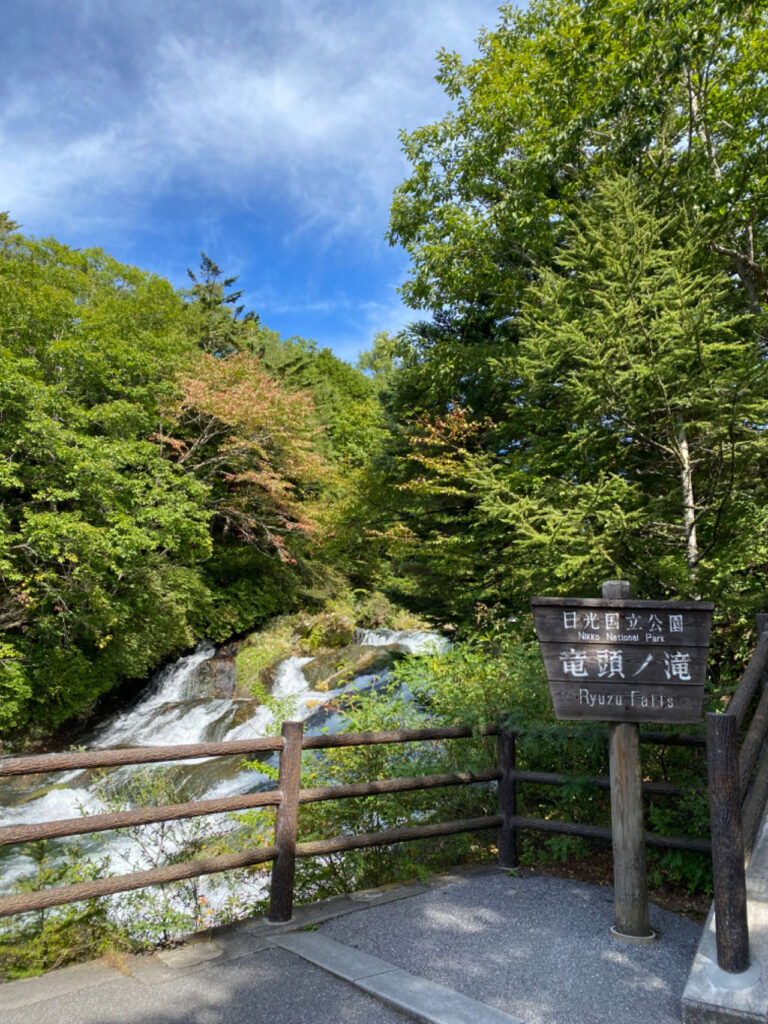
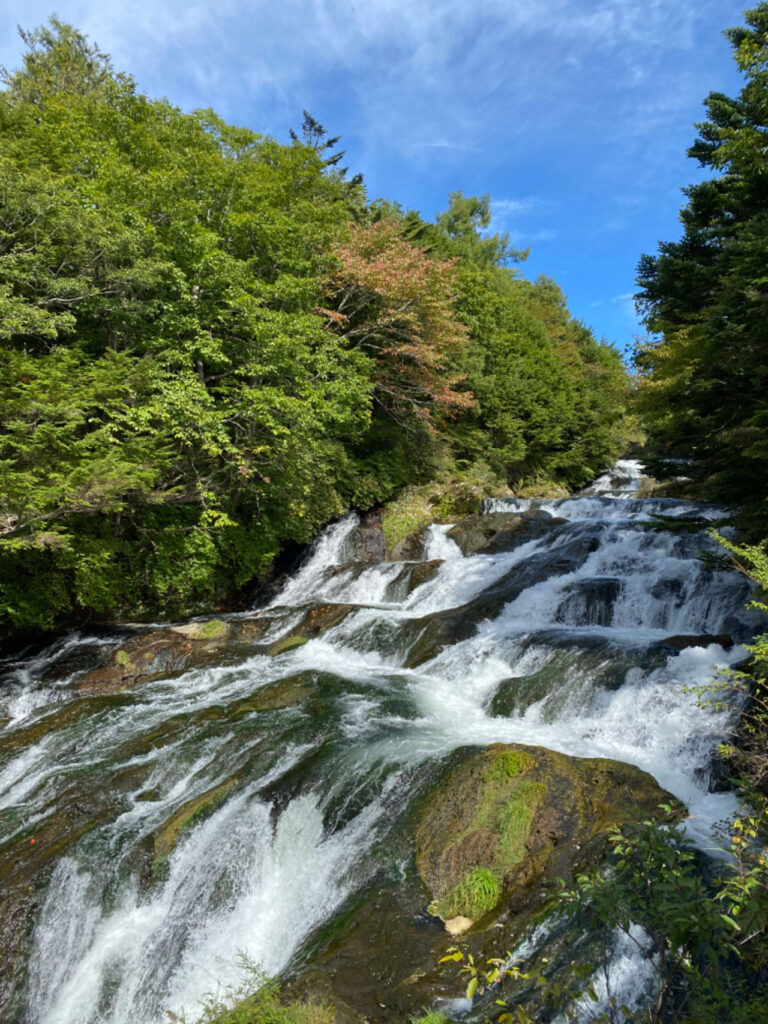

Nantai, and flows down a staircase of about 10 meters in width. It is said that the name of the waterfall comes from the fact that the area near the basin is divided in two by a large rock, which resembles a dragon’s head. (The streams on either side of the waterfall are the dragon’s whiskers.) May to June is the recommended season when the reddish purple azaleas are in full bloom. In addition, it is said that the autumn foliage, which begins around the end of September, is the earliest in Nikko City for the trees to change color, and is a popular destination for many visitors. Visitors can enjoy the beautiful scenery decorated with maple trees and linden trees. The view of the basin of the waterfall from the waterfall viewing platform is superb.
Oku-Nikko Yumoto Onsen


Located behind Senjogahara, Yumoto Onsen is a quiet hot spring town that opens on the northern shore of Lake Yunoko, the source of the Yugawa River.
It is said to be the backwater of Nikko, and is famous for its cloudy sulfur spring water, which was discovered by Shodo Shonin, the founder of Nikko about 1,200 years ago, and is said to be effective for nerve pain and rheumatism.
It is a restful hot spring resort surrounded by rich nature, so it is recommended to enjoy the hot spring slowly along with hiking in summer and fall and skiing in winter, along with the view of Lake Yunoko and the mountains beyond the steamy waters.
Toshogu Shrine
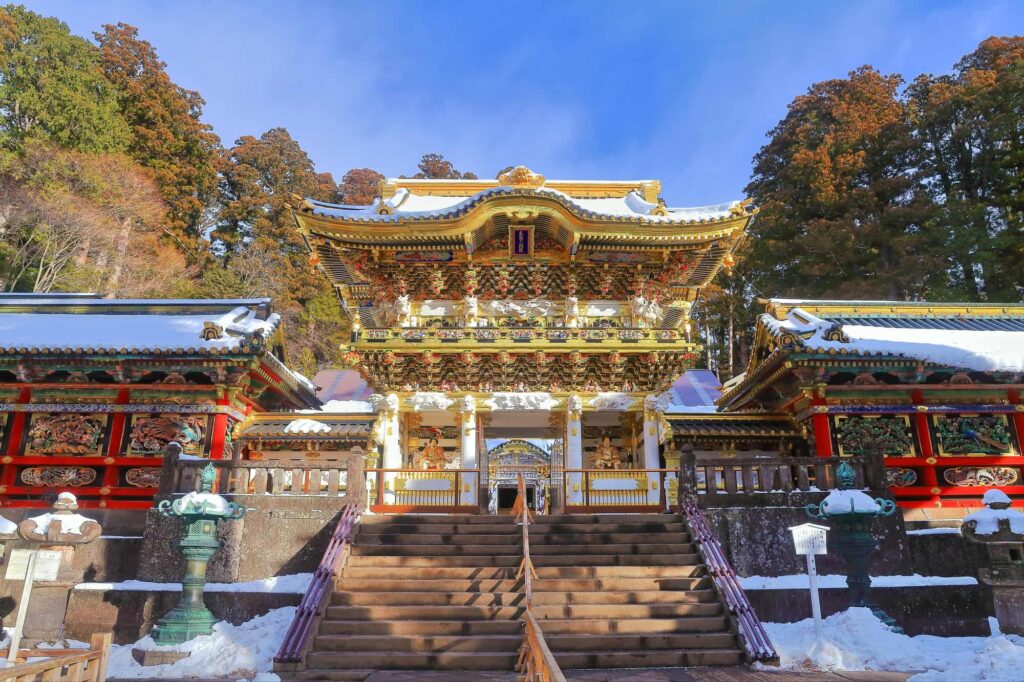
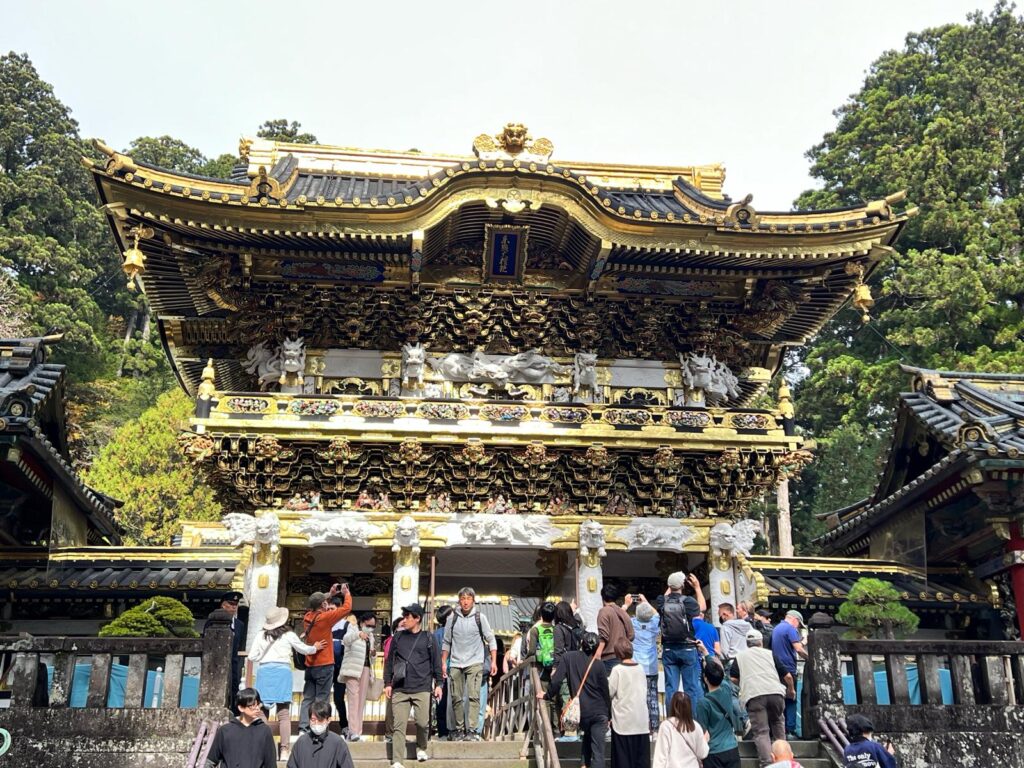
Shrines and Temples of Nikko,” a World Heritage Site representing Japan. The most famous of these, Nikko Toshogu, is a shrine dedicated to Tokugawa Ieyasu, and most of the current group of shrine buildings were rebuilt during the Kan’ei Grand Rebuilding by the third shogun, Iemitsu, in Kan’ei 13. The 55 buildings on the shrine grounds, including 8 national treasures and 34 important cultural properties, are a sight to behold in all their splendor and beauty. The buildings are decorated with lacquer and exquisite colors by master craftsmen from all over Japan, and the pillars are adorned with numerous carvings.
Nasushiobara Onsen
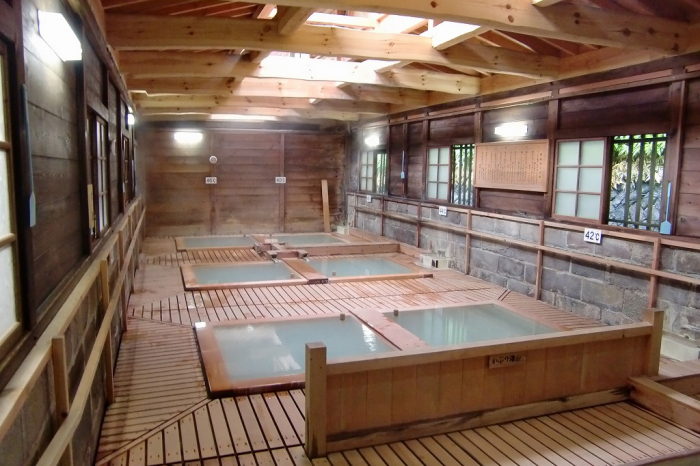
It has the oldest history in Tochigi Prefecture, and is characterized by its white, cloudy sulfur spring water. The public bathhouse “Shika-no-yu,” which opened 1,390 years ago, is still crowded with bathers as a symbolic presence in the hot spring resort.
Iroha Slope


This is a sightseeing road connecting downtown Nikko with Lake Chuzenji and Oku-Nikko.
The name “Iroha” is derived from the 48 letters of the Iroha alphabet, which means 48 sharp curves in total, including the first Iroha slope for downhill and the second Iroha slope for uphill. The steep slopes are marked with “I”, “RO”, “HA”, etc. at each curve, and the elevation difference is 440 m. The view from the Akechidaira viewing platform on the way to the second Iroha slope (uphill only) is particularly outstanding, and the first Iroha slope can be seen from the platform. In autumn, it is known as one of the most beautiful spots in Nikko for its autumn foliage, and is so popular that traffic jams are common due to the spectacular scenery.
Nasu Maple Suspension Bridge
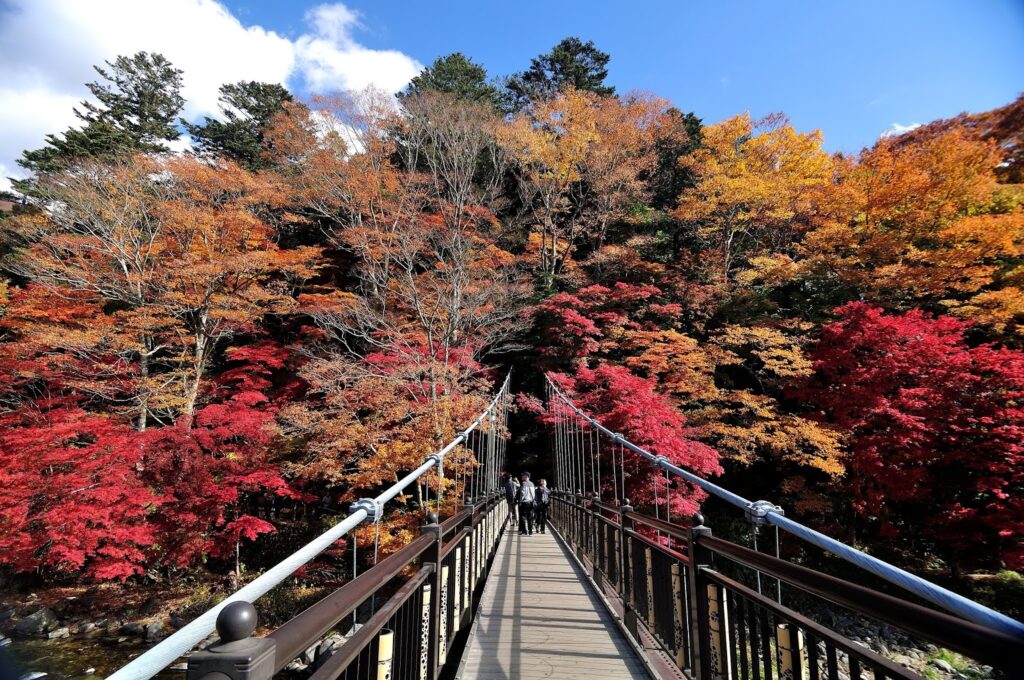
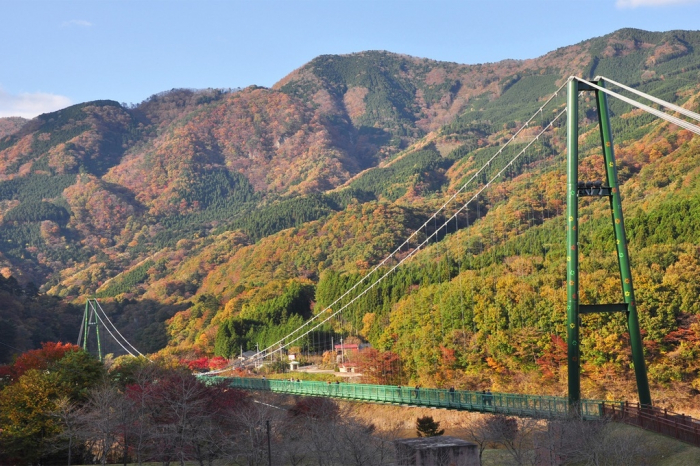
A 320-meter-long suspension bridge over Shiobara Dam Lake. This suspension bridge is a non-reinforced girder pedestrian suspension bridge that increases the strength of the suspension bridge by stretching wire ropes horizontally. It is the largest bridge of this structure in Japan. From the bridge, the view of the Shiobara Valley’s natural beauty is beautiful, especially during the season of autumn leaves, when the colors of the mountains reflected on the surface of the lake create an even more magnificent scene.

